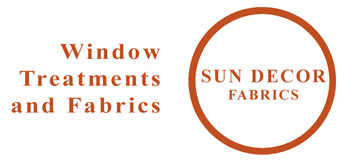Overlapping Roller Shades
Overlap roller shades, also known as overlapping roller shades or layered roller shades, involve combining two or more roller shades within the same mount, with the edges of one shade partially overlapping the others. This overlapping design offers several advantages, including enhanced light control, increased privacy, and improved aesthetics.
Different widths of shade material can be arranged on the pair of rollers, allowing for a close overlap. For example, three shades can be utilized: two on the back roll flanking and a third that overlaps them on the front roll. The two shades at the back operate together, while the middle shade moves independently.
The primary benefit of overlapping roller shades is the elimination of gaps between the shading material in side-by-side installations. This approach is particularly useful when the desired material cannot span the entire window in a continuous roll due to pattern or weight considerations, as it still allows for its effective use.












